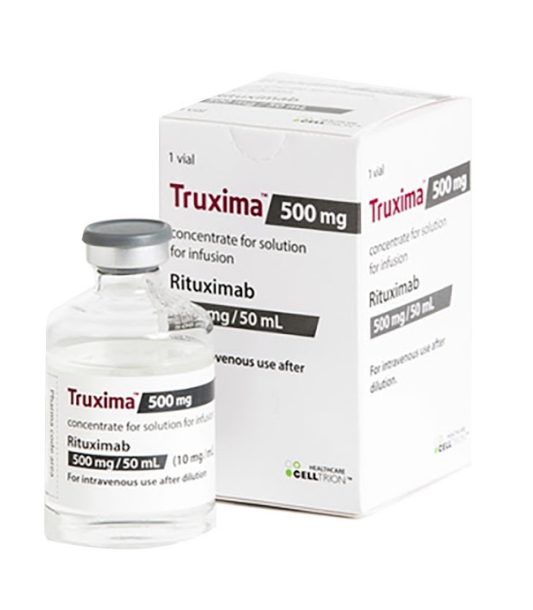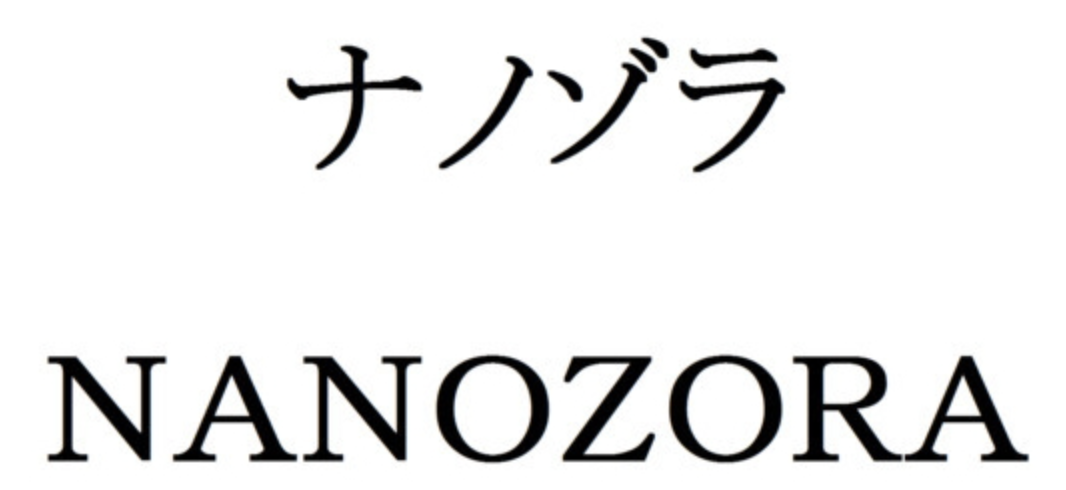Truxima (rituximab) vs Nanozora (ozoralizumab)
Truxima (rituximab) vs Nanozora (ozoralizumab)
Truxima (rituximab) is a CD20-directed cytolytic antibody that is used to treat various conditions, including non-Hodgkin's lymphoma, chronic lymphocytic leukemia, rheumatoid arthritis, and certain autoimmune diseases; it works by targeting and depleting B cells. Nanozora (ozoralizumab), on the other hand, is a newer, nanobody-based medication that targets tumor necrosis factor-alpha (TNF-α), and it is being investigated for the treatment of inflammatory diseases such as rheumatoid arthritis. When deciding between Truxima and Nanozora, it is important to consider the specific condition being treated, the mechanism of action of each medication, and the individual patient's medical history, as well as consulting with a healthcare provider to determine the most appropriate treatment option.
Difference between Truxima and Nanozora
| Metric | Truxima (rituximab) | Nanozora (ozoralizumab) |
|---|---|---|
| Generic name | Rituximab | Ozoralizumab |
| Indications | Non-Hodgkin's lymphoma, chronic lymphocytic leukemia, rheumatoid arthritis, granulomatosis with polyangiitis, and microscopic polyangiitis | Currently being investigated for rheumatoid arthritis |
| Mechanism of action | CD20-directed cytolytic antibody | TNF inhibitor |
| Brand names | Truxima, Rituxan, MabThera | Nanozora (investigational, not yet a brand name) |
| Administrative route | Intravenous infusion | Subcutaneous injection (proposed) |
| Side effects | Infusion reactions, infections, body aches, fatigue, skin rash | Currently under investigation; specific side effects not yet fully characterized |
| Contraindications | Known hypersensitivity to rituximab or any of its components | Not yet fully established |
| Drug class | Monoclonal antibody | Monoclonal antibody |
| Manufacturer | Celltrion Healthcare, Teva Pharmaceuticals, Genentech (a member of the Roche Group) | Not yet available; under development |
Efficacy
Truxima (Rituximab) for Rheumatoid Arthritis
Truxima, a biosimilar to the original rituximab brand, has been approved for the treatment of rheumatoid arthritis (RA) in patients who have had an inadequate response to one or more tumor necrosis factor (TNF) inhibitor therapies. Rituximab, the active ingredient in Truxima, is a monoclonal antibody that targets CD20-positive B cells, which are implicated in the pathogenesis of RA. Clinical trials have demonstrated that rituximab, in combination with methotrexate, can significantly reduce symptoms and improve physical function in patients with RA, particularly in those who have not responded adequately to TNF inhibitors.
The efficacy of Truxima for RA is supported by randomized controlled trials that have shown a significant reduction in disease activity scores (DAS28) and an improvement in the American College of Rheumatology (ACR) response criteria. These measures assess the number of tender and swollen joints, patient and physician global assessments of disease activity, pain, disability, and acute-phase reactants. The addition of rituximab to methotrexate has been found to inhibit the progression of joint damage as assessed by X-rays, which is a critical aspect of treatment efficacy in RA.
Nanozora (Ozoralizumab) for Rheumatoid Arthritis
Nanozora (ozoralizumab) is a newer therapeutic agent that has been studied for the treatment of rheumatoid arthritis. Ozoralizumab is a nanobody that targets and neutralizes tumor necrosis factor-alpha (TNF-α), a key cytokine involved in the inflammatory process of RA. While comprehensive data on Nanozora's efficacy in RA is limited compared to established treatments like rituximab, early clinical studies have indicated that ozoralizumab can reduce symptoms of RA, including joint pain and swelling, and improve physical function.
Initial clinical trials have shown that ozoralizumab, administered as a subcutaneous injection, has a favorable effect on disease activity scores in patients with RA. The drug has been evaluated for its potential to achieve ACR20, ACR50, and ACR70 responses, which represent 20%, 50%, and 70% improvements in RA symptoms, respectively. Although ozoralizumab has shown promise in these early investigations, further large-scale studies are needed to fully establish its efficacy profile and to compare it with other established biologic therapies for RA.
Regulatory Agency Approvals
Truxima
-
European Medical Agency (EMA), European Union

-
Food and Drug Administration (FDA), USA

-
Health Canada

-
Therapeutic Goods Administration (TGA), Australia

-
Medsafe (NZ)

Nanozora
-
Pharmaceuticals and Medical Devices Agency (PMDA), Japan

Access Truxima or Nanozora today
If Truxima or Nanozora are not approved or available in your country (e.g. due to supply issues), you can access them via Everyone.org.
How it works

Make an enquiry
Choose the medicine you want to buy, answer a couple of questions, and upload your prescription to speed things up. We’ll get back to you within 24 hours.


Make an enquiry
Choose the medicine you want to buy, answer a couple of questions, and upload your prescription to speed things up. We’ll get back to you within 24 hours.


Breeze through the paperwork
We'll guide you through the required documents for importing unapproved medicine, ensuring you have all the necessary information.


Get a personalized quote
We’ll prepare a quote for you, including medicine costs and any shipping, administrative, or import fees that may apply.


Receive your medicine
Accept the quote and we’ll handle the rest - sourcing and safely delivering your medicine.

Some text on this page has been automatically generated. Speak to your physician before you start a new treatment or medication.
Let's talk
If you have any questions, call us or send us a message through WhatsApp or email:
Contact us




